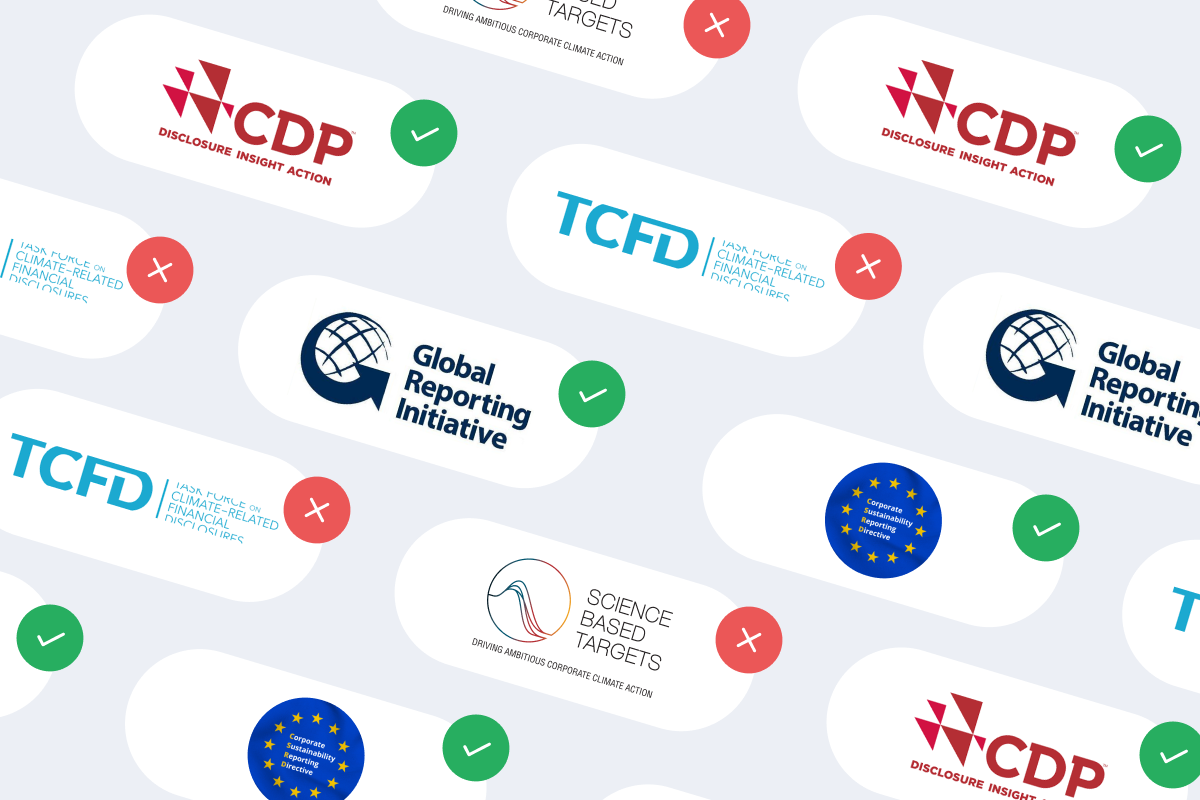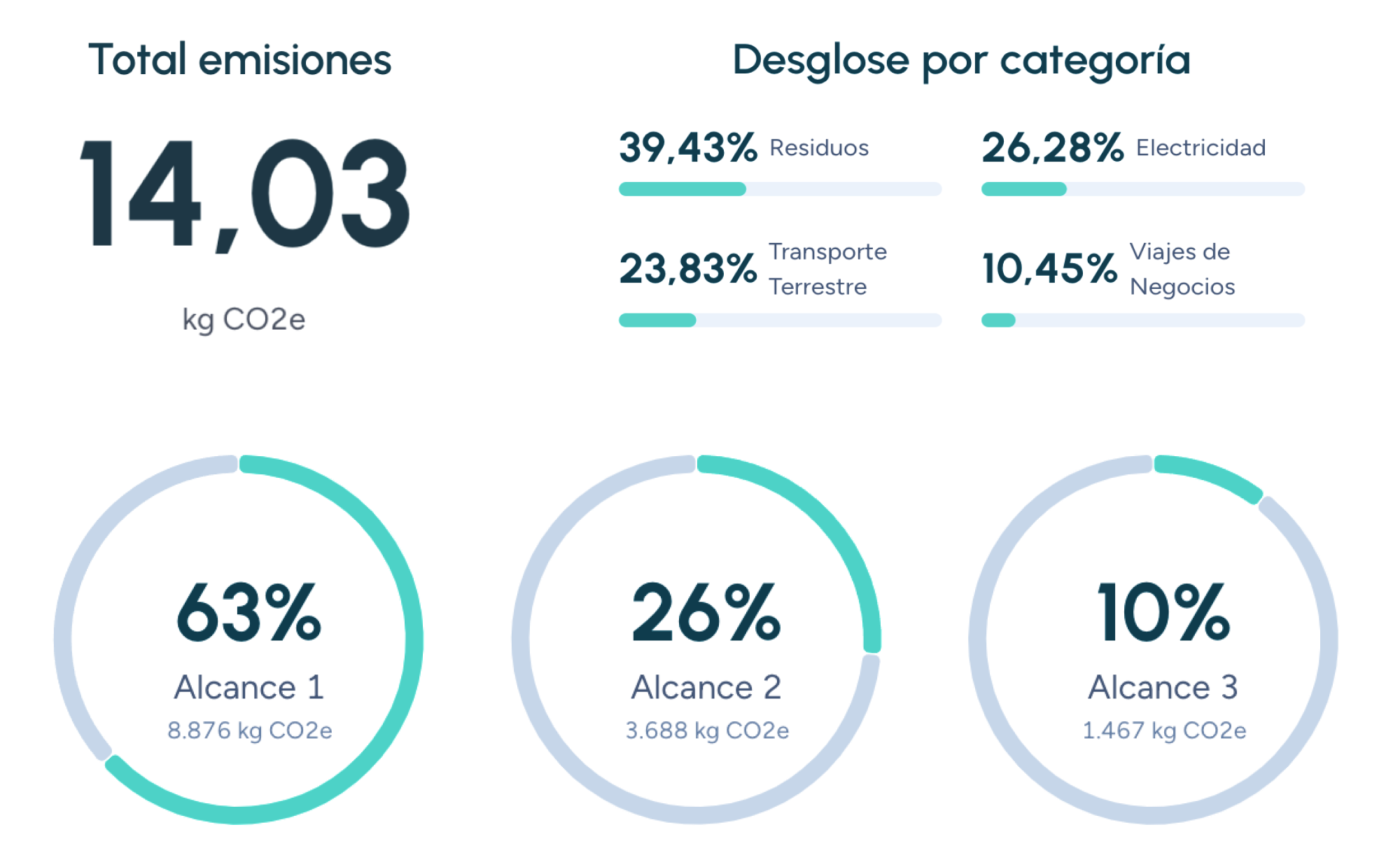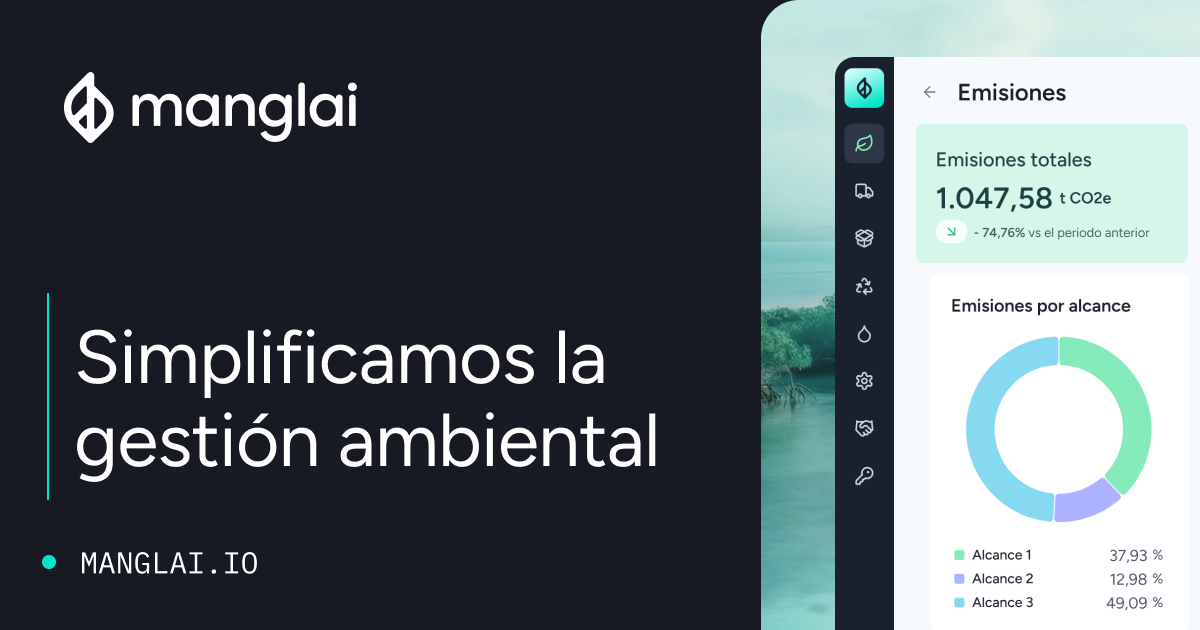Back to the blog
Core climate concepts
Carbon Neutral vs. Net Zero: What’s the difference?
Jaume Fontal
CPTO & Co-Founder
Climate commitments are on the rise. Governments, corporations, and even individuals increasingly pledge to reduce their carbon footprints. Amid this wave of environmental pledges, two terms frequently appear: carbon neutral and net zero. Although they sound similar, each represents different scales of action and ambition.
This article explores the distinctions between carbon neutrality and net zero, detailing what each term means, how to achieve these goals, and why the difference matters for businesses aiming to demonstrate authentic climate leadership.
Defining Carbon Neutral
Carbon neutral means balancing out your carbon dioxide (CO2) emissions by removing or offsetting an equivalent amount of CO2 from the atmosphere. Common approaches include:
- Renewable energy purchases: Organizations may buy Renewable Energy Certificates (RECs) to neutralize emissions from electricity usage.
- Carbon offsetting: Supporting reforestation or investing in green technologies (e.g., wind farms) helps counterbalance ongoing emissions.
- Operational improvements: Energy efficiency and process optimization can reduce the baseline carbon footprint before offsets are purchased.
Defining Net Zero
Net zero typically refers to achieving a balance between all greenhouse gases (GHGs) emitted and those removed from the atmosphere. Unlike carbon neutrality, net zero extends beyond CO2 to include methane (CH4), nitrous oxide (N2O), and fluorinated gases. Key points include:
- Holistic coverage: Net zero accounts for Scope 1, Scope 2, and often Scope 3 emissions.
- Science-Based Targets: A net zero plan usually aligns with keeping global warming to 1.5°C above pre-industrial levels, as recommended by the Intergovernmental Panel on Climate Change (IPCC).
- Permanent removals: Beyond offsets, net zero often involves carbon capture and storage (CCS) or reforestation that locks carbon away for the long term.
Why the distinction matters
- Credibility and stakeholder trust: Net zero is generally viewed as more rigorous, reflecting a genuine commitment to decarbonize operations.
- Regulatory pressure: Governments may introduce policies or incentives favoring net zero over simpler carbon-neutral claims, particularly in sectors like energy and transportation.
- Investor expectations: Shareholders increasingly look for robust climate strategies aligned with the Paris Agreement, favoring net zero commitments that include strict science-based targets.
- Brand differentiation: Companies adopting net zero goals can set themselves apart in the marketplace, appealing to eco-conscious consumers and potential employees.
Steps to achieve Carbon Neutrality
- Measure emissions: Establish a baseline carbon footprint focusing primarily on CO2 from direct operations and electricity consumption.
- Reduce where possible: Optimize energy use, switch to renewable energy sources, and improve logistics efficiency.
- Offset remaining emissions: Invest in carbon offset projects such as reforestation, wind, or solar initiatives to balance out irreducible emissions.
- Annual Recertification: Measure and offset anew each year to maintain carbon-neutral status.
Steps to achieve Net Zero
- Comprehensive inventory: Measure all relevant GHGs, including Scope 3 categories like supplier emissions, product life cycles, and employee travel.
- Implement deep decarbonization: Adopt fundamental changes—like electrifying vehicle fleets, sourcing fully renewable power, and improving industrial processes to cut methane leaks.
- Scale carbon removal: Explore direct air capture, biochar projects, or afforestation to remove GHGs from the atmosphere.
- Monitor, report, and validate: Use recognized frameworks like Science Based Targets or the Greenhouse Gas Protocol to track progress transparently.
- Long-term commitment: Achieving net zero is often a multi-decade endeavor, requiring continuous innovation and stakeholder engagement.
Challenges and considerations
- Offset quality: Whether pursuing carbon neutrality or net zero, the credibility of offset projects can vary. Ensuring high-quality offsets with proven additionality and permanence is essential.
- Scope 3 complexity: Many organizations find that the majority of their GHG impact lies in the supply chain, making net zero goals more challenging.
- Costs vs. benefits: Investments in renewable energy or carbon removal can be expensive upfront, but may yield operational efficiencies and reputational gains.
- Regulatory evolving landscape: Carbon taxes, emissions trading systems, and new reporting standards can influence the feasibility and strategy for achieving climate goals.
Sector-specific examples
- Aviation: Airlines aiming for carbon neutrality often purchase offsets for flight emissions, whereas a net zero path requires sustainable aviation fuels and disruptive technologies like electric or hydrogen planes.
- Tech companies: Large data center operators may start by becoming carbon neutral in electricity usage, but net zero requires tackling embodied carbon in server hardware and supply chains.
- Retail and consumer goods: Offsetting store and distribution emissions might achieve carbon neutrality, but net zero requires looking at product manufacturing, packaging, and end-of-life disposal.
Looking ahead
As climate science advances, scrutiny over corporate claims will likely intensify. Regulators, NGOs, and consumers increasingly demand transparency, verifying whether organizations are truly reducing emissions or just buying offsets to achieve superficial carbon neutrality. The move from carbon neutral to net zero is expected to accelerate, backed by stringent reporting frameworks and stakeholder pressure for genuine decarbonization.
Carbon Neutral vs. Net Zero: What's best for your company?
While carbon neutrality can serve as an important early milestone in a company’s sustainability journey, net zero represents a more comprehensive and transformative approach to mitigating climate change. Organizations should carefully evaluate which target aligns best with their resources, sector requirements, and stakeholder expectations.
Understanding the nuances between these goals can help businesses chart a path that delivers both environmental benefits and long-term competitive advantage.
Jaume Fontal
CPTO & Co-Founder
About the author
Jaume Fontal is a technology professional who currently serves as CPTO (Chief Product and Technology Officer) at Manglai, a company he co-founded in 2023. Before embarking on this project, he gained experience as Director of Technology and Product at Colvin and worked for over a decade at Softonic. At Manglai, he develops artificial intelligence-based solutions to help companies measure and reduce their carbon footprint.
Content
Companies that trust us

Dow Jones Sustainability Index: What it means for your business
Learn how the DJSI ranks companies and why it matters for corporate sustainability strategies.
07 May, 2025
The Environmental Performance Index: Measuring corporate impact
Learn how businesses can use the EPI to assess environmental impact and sustainability performance.
14 April, 2025
Pioneer species: Their role in ecological restoration
Learn how pioneer species contribute to corporate-led reforestation and ecosystem recovery projects.
24 February, 2025
Guiding businesses towards net-zero emissions through AI-driven solutions.
© 2025 Manglai. All rights reserved
Política de Privacidad


